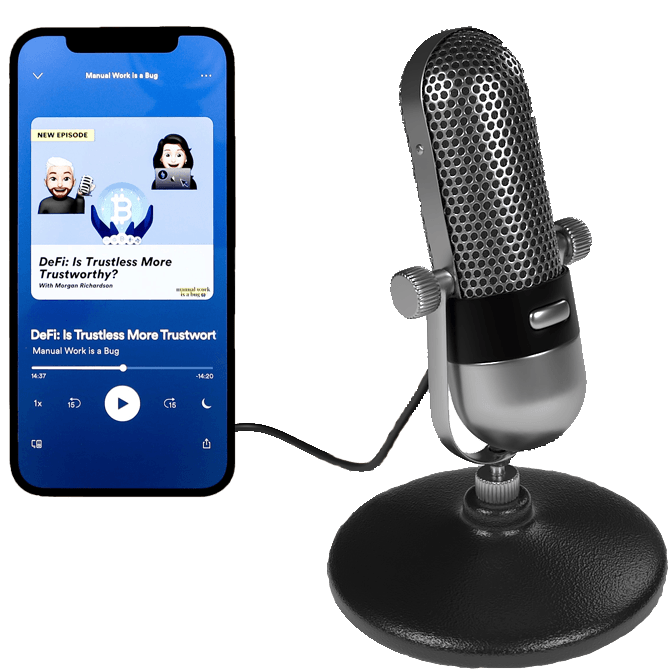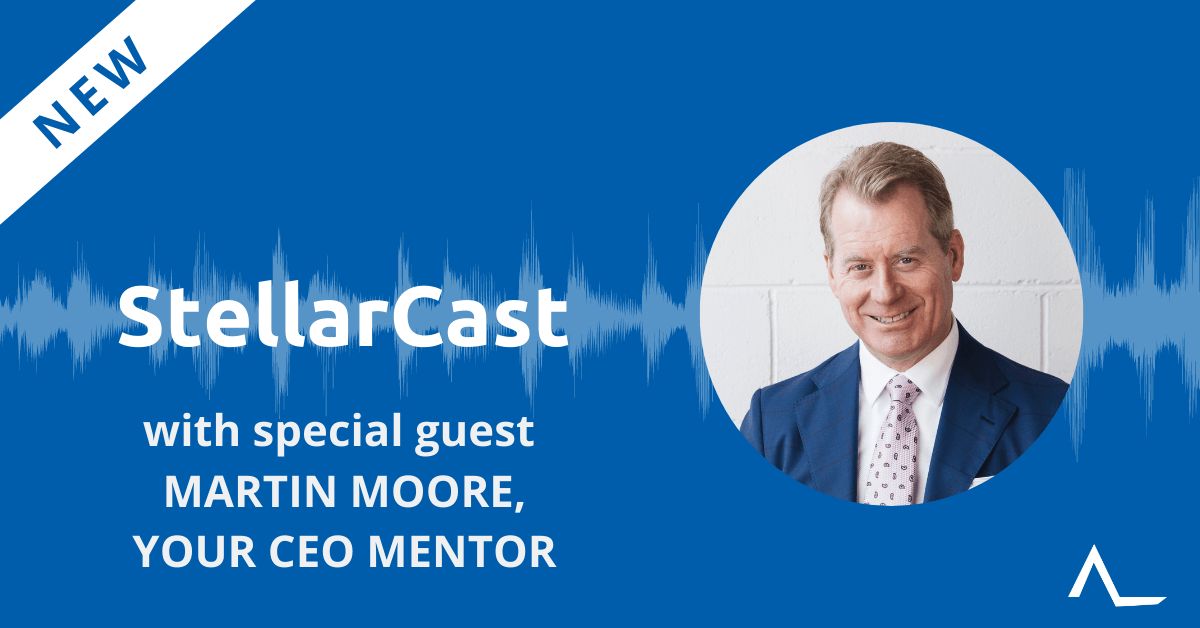Leadership, resilience tips and pursuing your purpose with Martin Moore, Your CEO Mentor

Let’s go on an inspiring journey by listening, learning and taking key actions from our own recruitment experts as well as industry leaders and inspirational individuals.
Together, each month, we unpack key actions on how we can all learn from others’ experiences and industry knowledge; unlocking our own transformative change, so that we can all become the best version of ourselves.
Martin Moore, Your CEO Mentor
During this episode, Shaun McCambridge, Stellar’s Managing Director, sits down with Martin Moore, Founder of Your CEO Mentor and former Chief Executive Office of CS Energy. Martin with his daughter Emma have created Your CEO mentor, a place where leaders learn the things that they don’t teach at business school. He shares all of his hard-earned leadership experience and learning to good use; mentoring leaders around the globe with practical, no bullshit leadership strategies that will catapult their careers and help them create high performing, results-driven, winning teams.
Martin’s Highlights
4:00 Martin’s early years
5:44 His own resilience journey
7:10 Techniques for Resilience
9:10 A time of personal resilience building for Martin
12:00 Techniques that Martin has used
13:55 Leaders during COVID
18:05 Creating brain space for leaders
20:45 Remote leadership
24:26 Creating/continuing a healthy culture during COVID
29:15 Enabling others to meet expectations with all the external factors
49:35 What is next for Martin?
Martin’s early years
Parents greatly valued education and enrolled him at St Joseph’s College Hunters Hill.
After school he went to university to study law, where he found himself in an unstructured environment compared to the highly structured one in his early education. As a result, he took time to regain his balance and go back to the values that he had learnt early on.
His own Resilience Journey
Never one to dwell on failure or falling short, he always doubled down even from a very young age.
It was always about giving his very personal best and he always seeked to do better than the day before.
He realised that one could make big mistakes that weren’t fatal; having no fear from failing is a very important element to being resilient.
Techniques for Resilience
There are a few techniques on how to build personal resilience.
Focusing on Elements one can control
Not getting too caught up in elements that you can’t control and instead spending time on things that you can makes a huge difference; Martin refers to the book “The 7 Habits of Highly Effective People” by Stephen Covey
Perspective (8:28)
Having the perspective on what is going on, no matter how bad the circumstance gets with the pandemic, we will look back 10 years from now and there will be some good learnings and changes.
9:10 A time of personal resilience building for Martin
Martin experienced personal resilience building about 20 years ago. During this time he experienced a period of sustained pressure; he first moved to QLD, had taken on C-level role, was studing for an Executive MBA; during a hostile takeover and he had to handle all of elements at once.
What he initially thought of doing was to take off one of those elements; however, he wanted to further his career into a more demanding C level role and if couldn’t sustain this, he wouldn’t be able to in the future. Having a reminder that this sustained period of pressure is what future roles would have helped him continue on. At end of it, he had a tremendous amount of confidence knowing that he could step into any situation and handle it.
Techniques that Martin used
He was in survival mode at times and used 15 minutes to reset.
He also spent time working on hard constraints and then allowed some elements to be more flexible.
Leaders during COVID
At the moment leaderships skills are being put to the test. The key is to look into outputs, not inputs; concentrating on the value and value alone.
Leaders need to define and articulate what adds value; companies often lose sight of this. It is the leader’s role to eliminate the non-value items and focus on items that will make a difference.
Example: One of the organisations that he worked with had a team that created processes and procedures; the problem was that there was virtually no impact on the outcome; there was a real disconnect.
In every team needs to be outcome driven such as the processes/procedures need to reduce time, save money etc.
Creating brain space for leaders
Leaders need to have brain space to do their jobs; the below Leadership pipeline book breaks down different levels of businesses and giving each level clarification of what they should be concentrating on.
Many leaders/managers are overcompensating and drilling down too deep for their level which takes away from the role that they should be doing.
20:45 Remote leadership
Prior and during COVID leaders are still managing people and to do this successfully you need to provide the following framework:
- Clear Expectations
- How they are tracking based on those expectations
- What their future holds
Usually, you can rely on the micro conversations to further clarify or obtain feedback but COVID has challenged the relationships that rely on this; if you have completed the three above elements it enables flowing leadership conversations.
24:26 Creating/continuing a healthy culture during COVID
COVID has added the complexity of different circumstances for each individual e.g. working from home environments
It is about making people aware of the following elements:
- The company’s why and linking the purpose
- What creates value for the company as a whole
- What is the strategy in the long term
- What are tactics the we will use
- What the company needs from you today
Every layer of a business then communicates the above but it can potentially change the message from the top, down; so it is really important that one sets the expectation on oneself and check-ins to see how others interpret that day to day.
29:15 Enabling others to meet expectations with all the external factors
It comes to down to understanding humans
If we have open conversations with people and finding a bridge between their personal circumstances and what the organisation needs
It is ultimately a give and take relationship
32:00 Making the decision to pursue your purpose
About 14 years ago he realised that what he was put on this planet to do was not what he was doing; he knew that he wanted to have a big impact on people.
He realised that every time that he has stepped out and moved towards a goal that he put everything towards, it worked out. If he goes hard and puts everything that he knew about being successful that it would work; he believes that everyone is like this and that it is fear that holds people back.
During his last years at CS Energy, he wanted to have a go and take a risk on what he wanted to do. He was working with Rachael Vickery, a high-performance coach, she helped him map out what drove him. He didn’t want to leave anything in the tank and to boldly go after what he wanted.
Most constraints are artificial and stops them from doing what they could do. These commitments are constraints and by suspending them it enables people to unravel the possibilities.
During this process, personally he took the time to test the market and see if he could make an impact in the highly competitive leadership development. Going out there confidently and testing the market for 6-12months; the worst that could happen is that he looks to find his next job in 12 months’ time.
Martin comments that he was always happy doing his C level roles, giving that period a 8-8.5 out of 10 of happiness; however 20% of his was a daily grind; the level of satisfaction now from “Your CEO mentor” work is 11 out of 10 as it is the 80% of what he loved in his C-level role that he is doing 100% of the time.
Martin’s mistakes
As the old sayig goes “you never fail as you are always learning” and Martin finds that his is true. He believes that in every failure that there is something you can take out of it to move forward.
1. Not respecting how much his parents had invested in his education and dropping out of university but only from that perspective as this decision but him on his own path.
2. During is his first C-level role one of his team made a multimillion-dollar mistake; although the stakeholders wanted the team member to lose his job, Martin viewed the failure as a mistake that the person wouldn’t make again and would be at a competitors advantage if he were to go an work for them.
“Good judgement comes from experience; experience comes from bad judgement” Will Rogers
3. One of the most common mistakes as a leader that he has also made is giving too much rope to a person when they didn’t have the maturity or capability to do it. When you give it to the right people it works like a charm but at the wrong time it makes you look like an idiot and them look like they don’t know what they were doing. You need to have the right balance between support and freedom; e.g. accountability, empowerment and how close you need to stick to them.
“Trust but verify” Ronald Raegan
The key is to understand where they are and asking people earlier if things aren’t 100%; understanding the inputs early is crucial if you can’t see the outputs.
49:35 What is next for Martin?
Leadership beyond the theory course Leadership Beyond the Theory course which starts in March 2021, and the No Bullsh!t Leadership book which will be published in the US on 31st August 2021.
Ultimately Martin loves barriers as it shows him that he is on the right path; it is just the matter of getting over the barriers where many others would turn-around.



